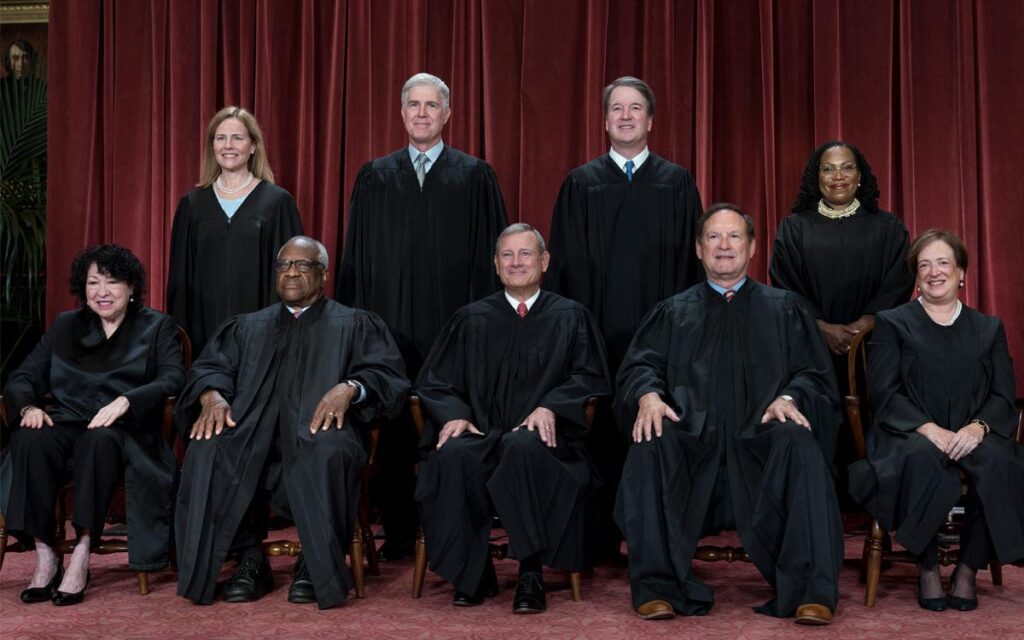At the close of its recent term, the Supreme Court issued several decisions limiting government agencies’ ability to implement laws, while expanding its own powers to review actions from Congress and the executive branch. These decisions threaten to destabilize effective modern government, including its ability to protect the environment and public health.
In Jarkesy v. SEC, the court eliminated the SEC’s ability to impose administrative penalties on fraudsters. In Corner Post v. Board of Governors, it opened the door for industries to challenge a range of federal agency decisions. In Ohio v. EPA, the court halted the EPA’s “Good Neighbor Plan” meant to reduce interstate air pollution. The most significant move came in Loper Bright v. Raimondo, where the court discarded judicial deference to agencies’ interpretations of ambiguous statutes, granting courts unprecedented power over public-health and environmental laws.
Each decision is problematic individually, but collectively they undermine Congress and the president. To understand the full impact, one must consider how the federal government has historically functioned. Laws like the Clean Air Act give agencies goals and rules to achieve those goals, expecting steady pursuit of these goals within statutory limits.
This model has worked well, as seen in the Clean Air Act, which prevented 370,000 premature deaths in 2020 and provided $30 in benefits for every dollar spent by polluting industries. Agencies need discretion to decide how best to pursue congressional goals, and courts used to defer to agencies’ reasonable decisions. This allowed agencies, under presidential direction, to handle policy and technical questions while courts corrected oversteps.
In Loper Bright, the Supreme Court claimed final authority over law interpretation, dismissing the need for technical expertise. Justice Kagan, in dissent, noted the court’s trend of overruling federal agencies on critical issues like workplace health, climate change, and student loans, centralizing power in the judiciary.
This shift of power to the judiciary will not benefit the public. Federal agencies are accountable to the president and the electorate, while courts lack democratic features and scientific expertise. The majority in Loper Bright overestimated its ability to master technical details, evident from confusion in Ohio v. EPA.
Despite these decisions, climate action remains possible due to economic forces favoring zero-emission technologies, public investments in renewable energy, and advocacy against fossil fuel interests. The regulatory work of agencies like the EPA provides stability to the clean energy transition, but the main drivers are beyond judicial interference.
The Obama administration’s Clean Power Plan aimed for a cost-effective shift from coal and gas power plants. The Supreme Court blocked it, yet emissions declined faster than required, driven by economic and public support for cleaner energy. However, this transition was less efficient without the plan. Effective government ensures a predictable and fair climate transition, but recent court decisions make the path more costly and chaotic.
Laws like the Clean Air Act and Clean Water Act require strong steps to ensure health and environmental protection. Agencies, supported by environmental advocates, will continue to act within the court’s new rules. The public’s commitment to environmental sustainability remains crucial for progress toward a stable climate.
